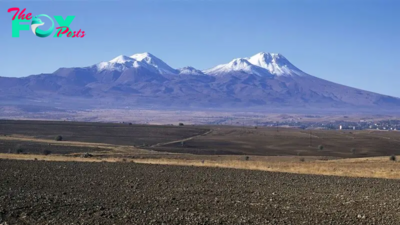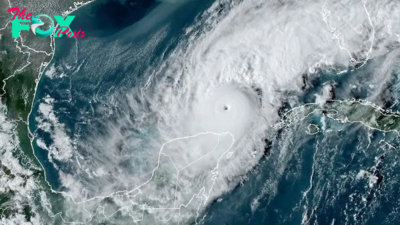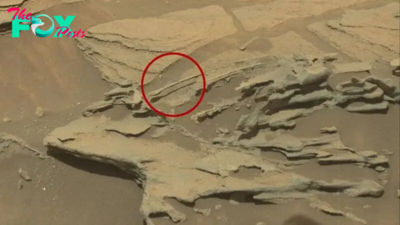Science
Is the James Webb Space Telescope really 'breaking' cosmology?
Not long after the James Webb Space Telescope (JWST) began its Science operations, astronomers announced that they had discovered galaxies in the early universe that were far too large, bright and full of stars for their age. While headlines around the world claimed that these galaxies were "breaking" our understanding of the Big Bang, the truth is much more nuanced — and much more interesting.
The Big Bang theory is our general picture of the History of the universe, starting in its deep past, when the cosmos was much smaller, hotter and denser than it is today. This model, initially developed in the early 20th century, has survived a battery of observational tests and is extremely good at explaining a variety of cosmological observations, including the redshifting of light from distant galaxies, the appearance of leftover radiation in the form of the cosmic microwave background, the abundances of light elements, and the evolution of galaxies and larger structures.
While the Big Bang theory can't say for certain which galaxies will appear where, it can talk about probabilities. For example, cosmologists can say roughly how many small galaxies, how many medium galaxies and how many large galaxies should appear in a given volume at a certain age of the universe. But until JWST, we did not have direct observational access to the earliest stages of galactic evolution — something the telescope was explicitly designed to study.
In 2022, astronomers announced that they had found extremely distant galaxies that were surprisingly, weirdly large. They had measured the redshift of the galaxies to be over 16, implying that these galaxies existed just 200 million to 250 million years after the Big Bang. Yet they were gigantic and appeared to be fully formed, with spiral arms and everything.
Related: 'The early universe is nothing like we expected': James Webb telescope reveals 'new understanding' of how galaxies formed at cosmic dawn
These galaxies seemed far outside the expectations of the Big Bang theory; they were like finding teenagers in a kindergarten classroom. So what was going on?
Bending cosmology
Cue the brazen headlines proclaiming the death of the Big Bang theory. But those stories left out a crucial detail: Astronomers estimated the redshift of those galaxies through a technique known as photometry, which is incredibly uncertain. A full evaluation of the ability of those galaxies to "break" cosmology would have to wait for a more precise measurement of their redshift, and hence their age.
-

 Science1w ago
Science1w agoYou Won’t Want to Miss October’s Rare Comet Sighting. Here’s How and When You Can See It
-

 Science3w ago
Science3w agoA New Spacecraft Could Help Determine if There’s Life on a Moon of Jupiter
-

 Science3w ago
Science3w agoWe Can Thank Deep-Space Asteroids for Helping Start Life on Earth
-

 Science4w ago
Science4w agoStranded Astronauts Set to Come Home After SpaceX Capsule With Extra Seats Reaches ISS
-

 Science4w ago
Science4w ago'Every volcano has its own personality': Mystery Mount Adams earthquake surge under investigation
-

 Science4w ago
Science4w agoEarth's crust may be building mountains by dripping into the mantle
-

 Science4w ago
Science4w agoHow strong can hurricanes get?
-

 Science4w ago
Science4w ago32 things on Mars that look like they shouldn't be there



























